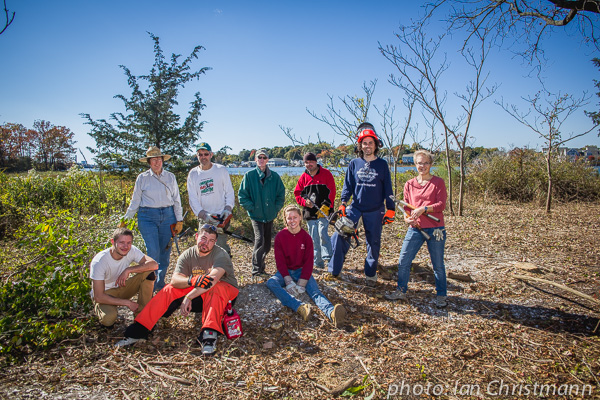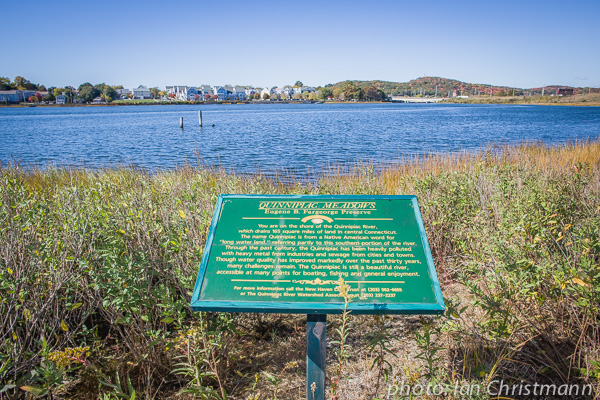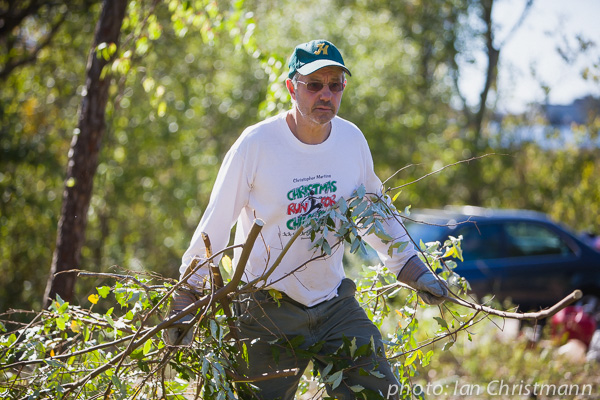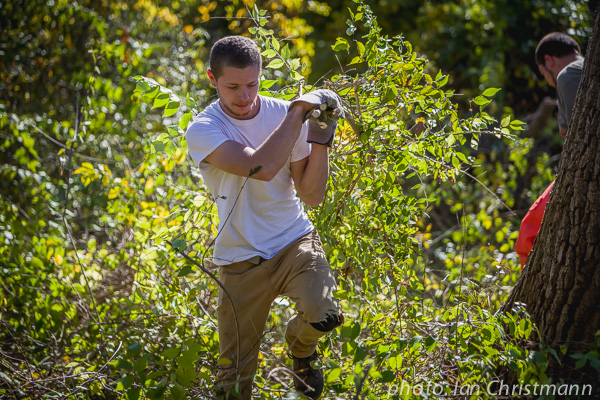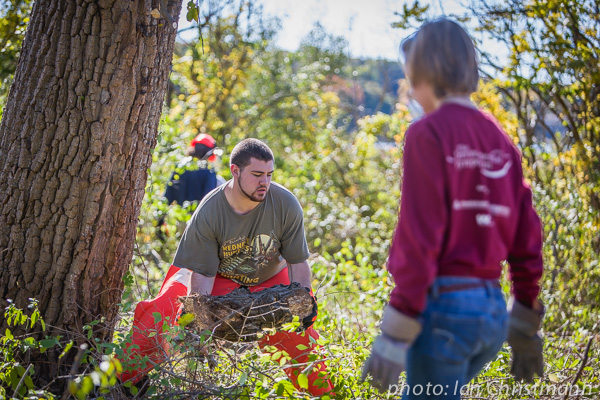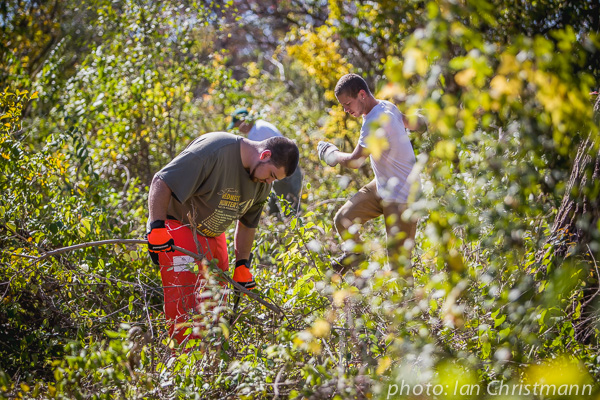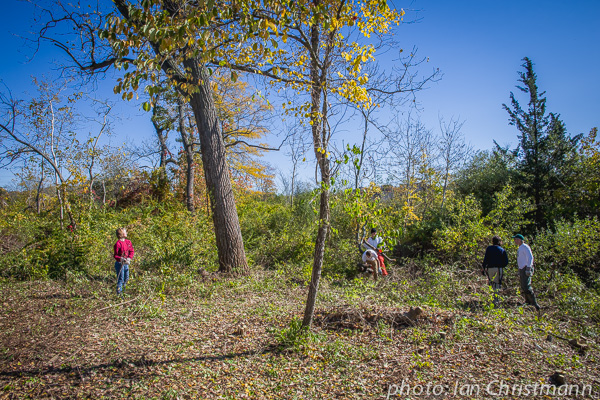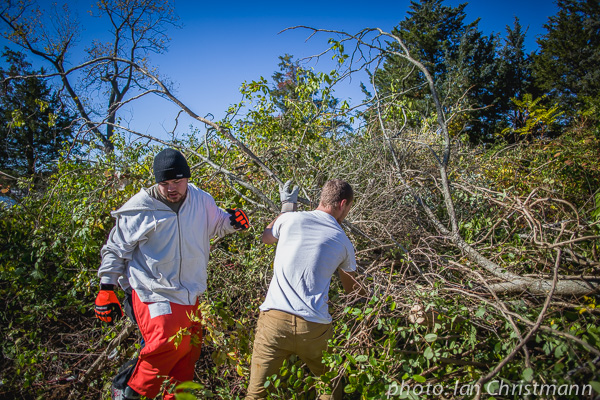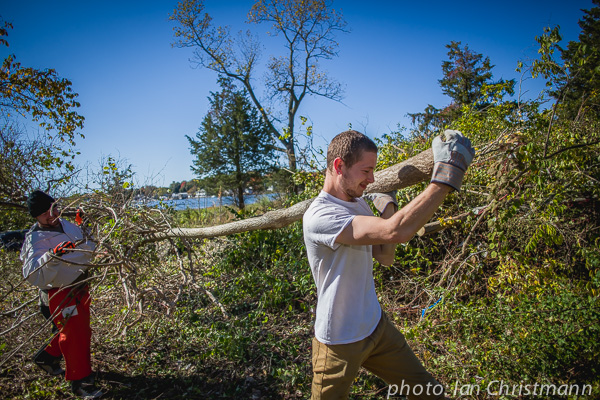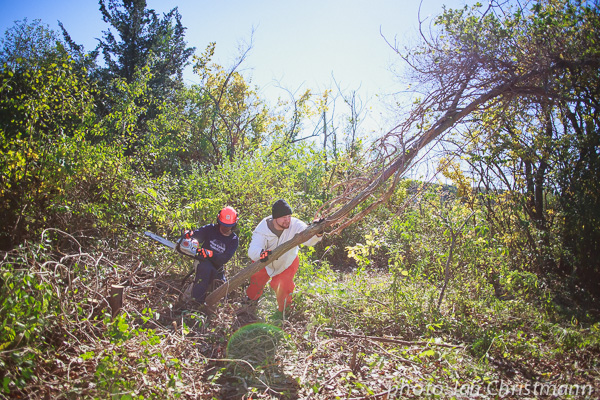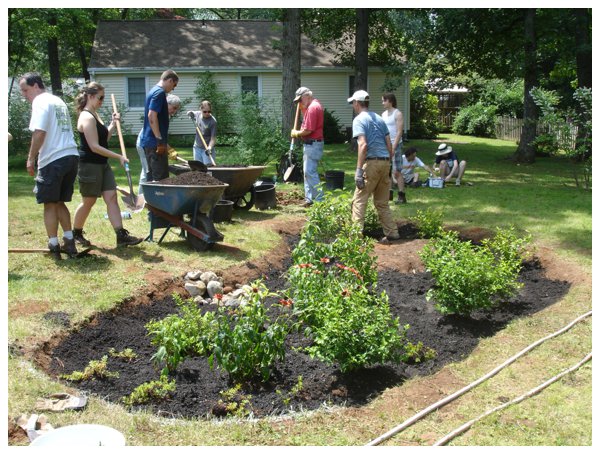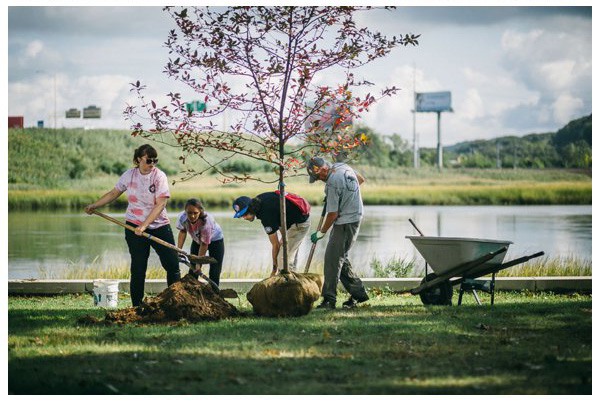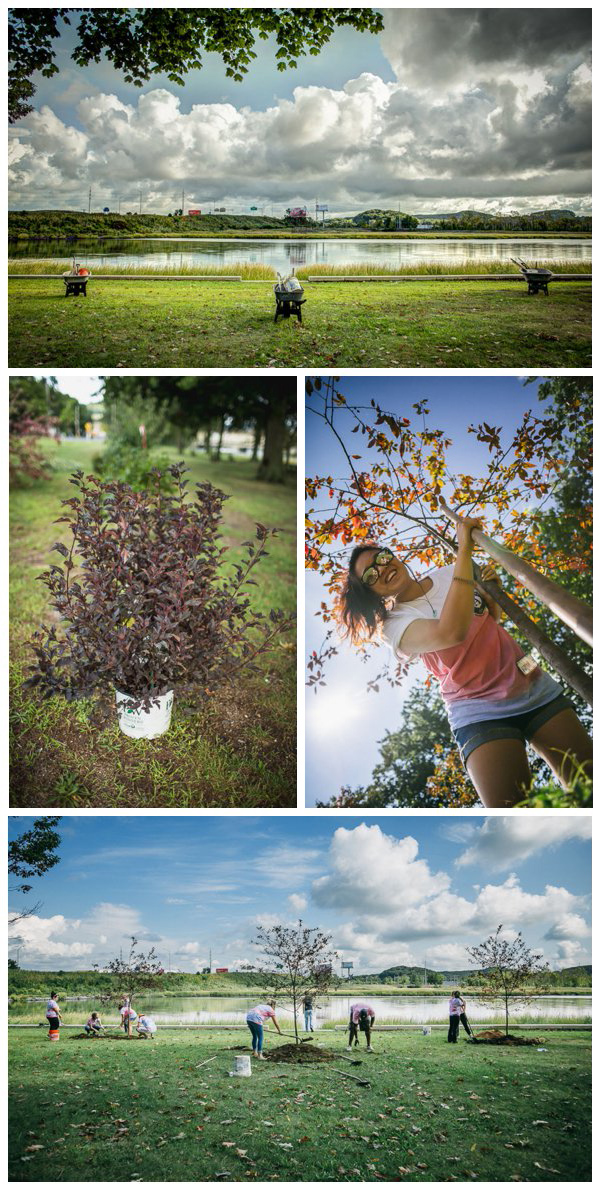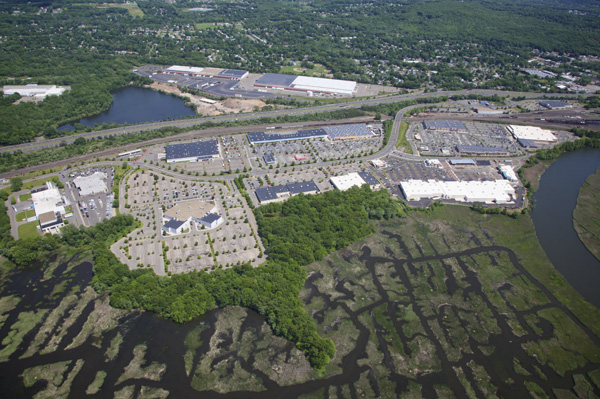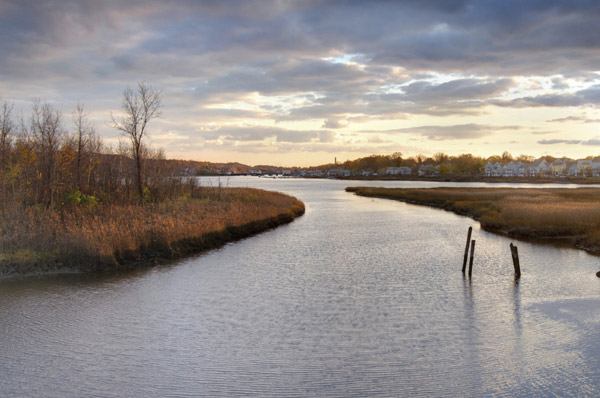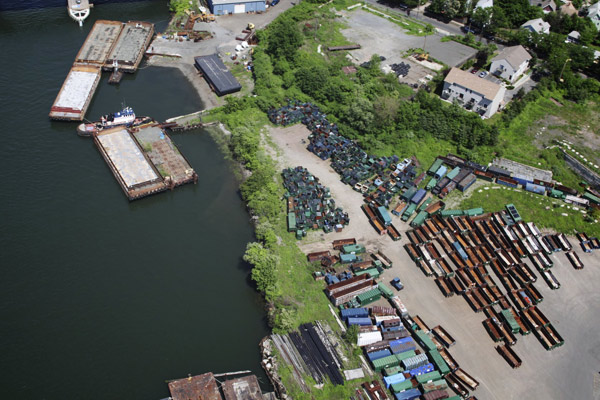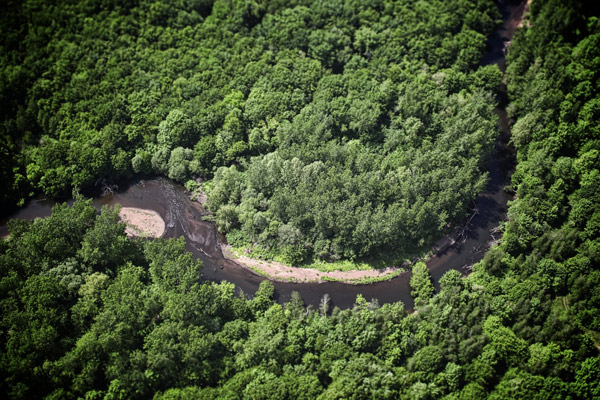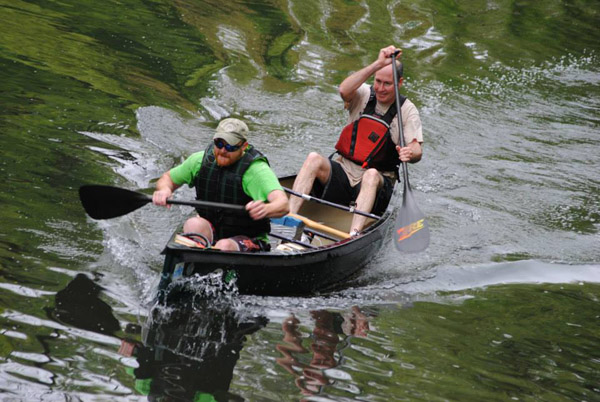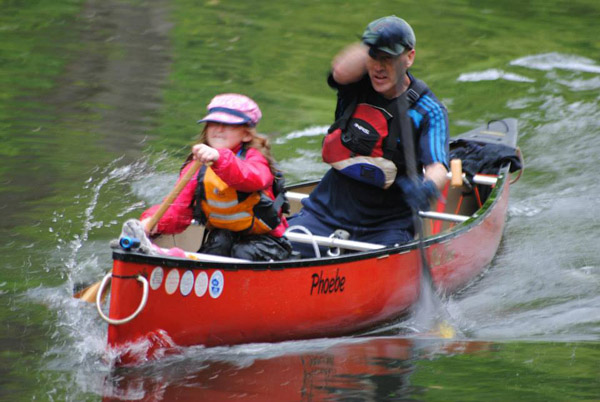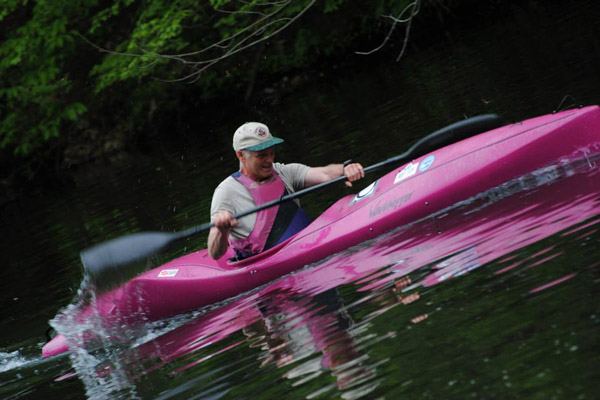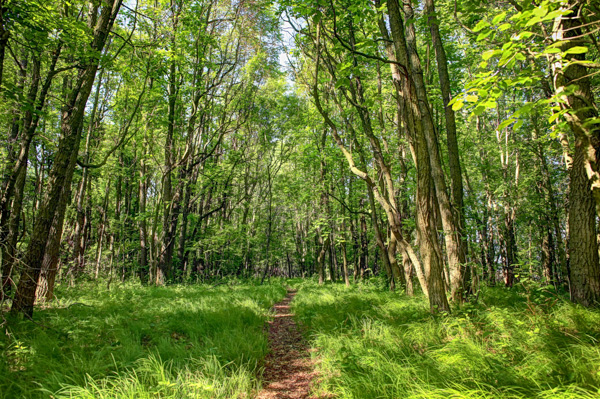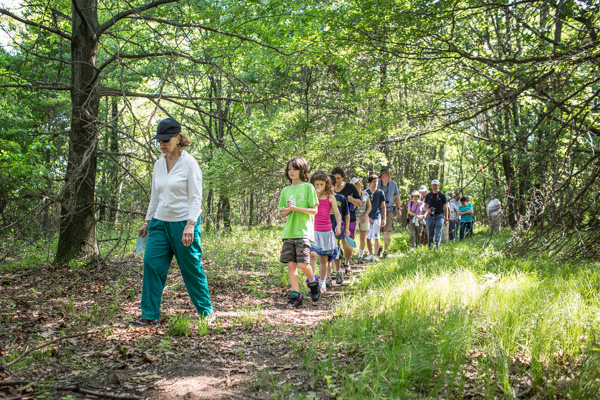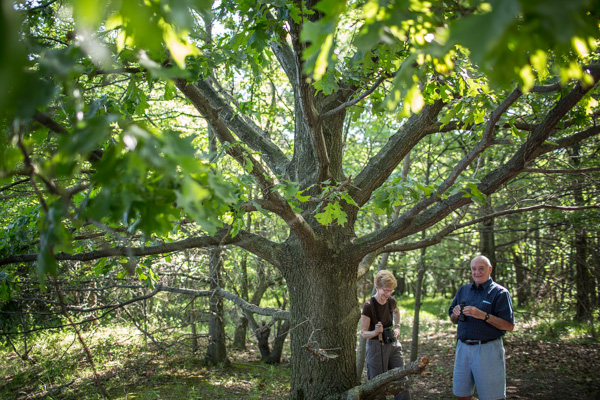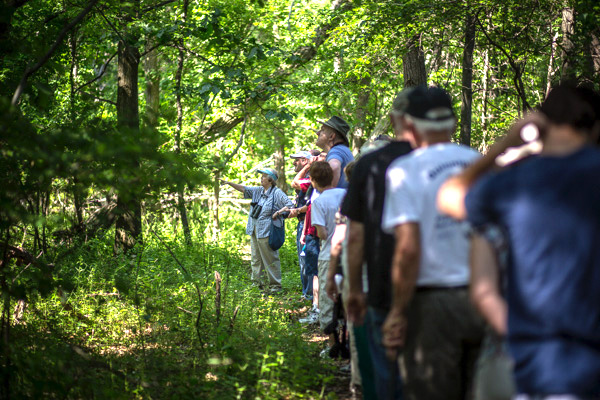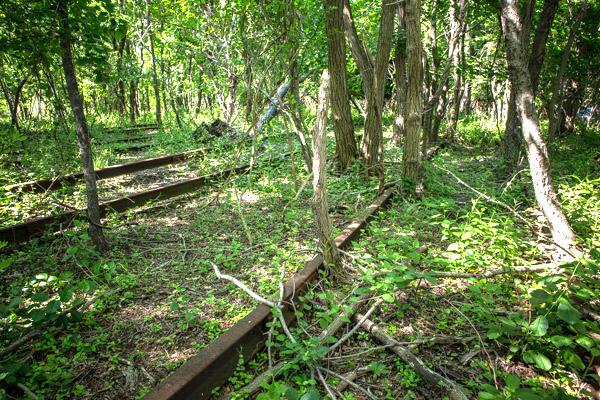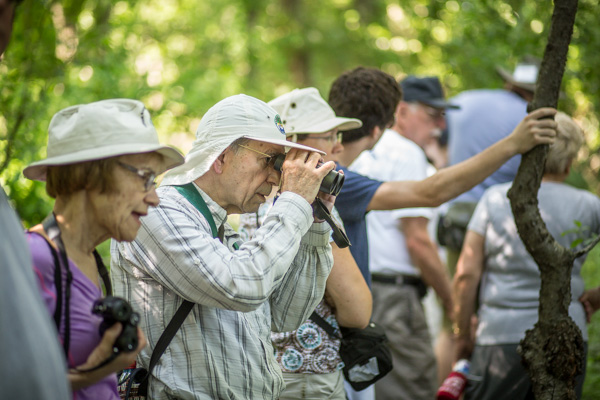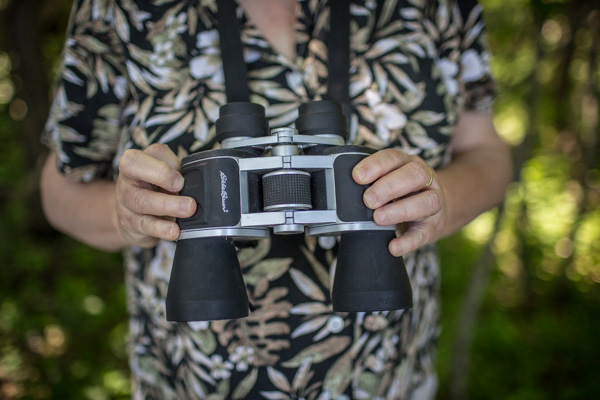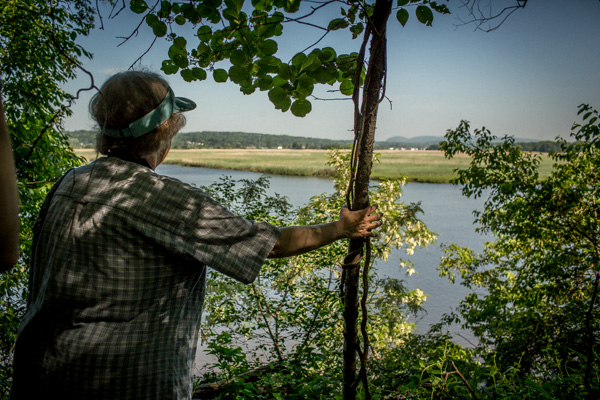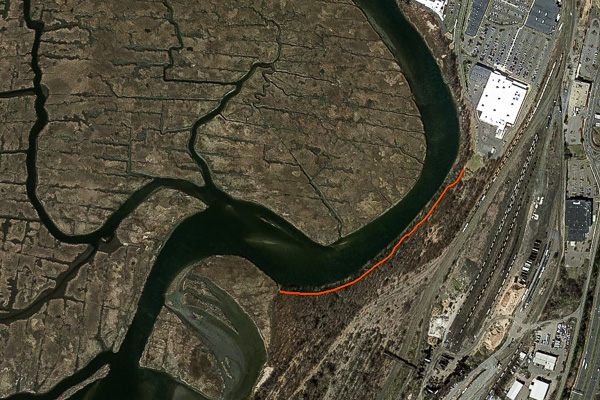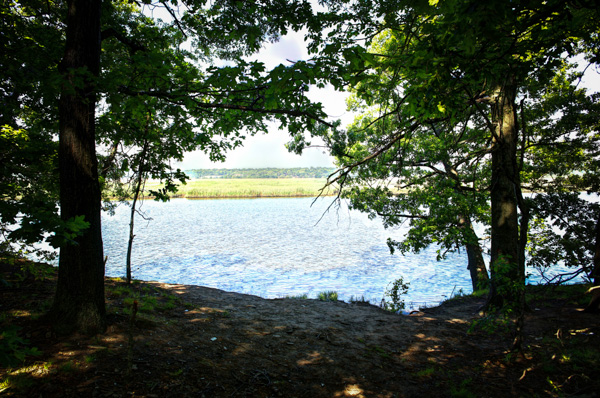Resources from The Community Foundation’s Quinnipiac River Fund Will Help Measure and Monitor Chemical Levels in the Quinnipiac River and Support the Development of a Recreational Trail along the River’s Edge
New Haven, CT (May 30, 2013) – The Community Foundation for Greater New Haven is pleased to announce that $69,500 in grants has been awarded from the Quinnipiac River Fund to 7 organizations for programs that reduce river pollution, support the environment and educate the public about the Quinnipiac River. The River flows from west of New Britain southward to Plainville, Southington, west of Meriden, Cheshire, through Wallingford, Yalesville, North Haven and into New Haven Harbor.
Grants and distributions from the Quinnipiac River Fund are recommended each year by an Advisory Committee comprising three members: Nancy Alderman, President of Environment and Human Health, Inc., Gordon Geballe, the Assistant Dean of the Yale School of Forestry and Environmental Studies, and Margaret Miner, Director of Rivers Alliance of Connecticut.
The following priorities are given to funding requests:
• Researching what pollutants are in the Quinnipiac River;
• Developing research methods of reducing pollution, or otherwise improving the River’s environmental health;
• Developing means of reducing both non-point and point sources of pollution to the river;
• Researching the permitting process and looking at the permits themselves;
• Supporting environmental advocacy;
• Studying the ecology of the Quinnipiac River and the New Haven Harbor;
• Providing public education about the Quinnipiac River and its watershed;
• Purchasing land on the Quinnipiac River for conservation purposes, or to reduce pollution and improve public access to the River.
2013 Grant recipients of the Quinnipiac River Fund:
Audubon Connecticut: $12,000 – to support the “A Fair Haven for Wildlife: Community-based land stewardship to benefit wildlife and waterways” project, in partnership with the Urban Resources Initiative.
Connecticut Coalition for Environmental Justice : $7,000 – to provide general operating support for fostering awareness of environmental issues of the Quinnipiac River and promoting activities that safeguard the health of residents that use the Quinnipiac River.
Mill River Watershed Association of South Central Connecticut Inc.: $15,000 – to support environmental advocacy, particularly through raising awareness of new federal phosphorus requirements for the lower Quinnipiac River.
North Haven Trail Association: $5,000 – to support the research of private property land titles and negotiating easements with property owners to allow sections of the trail to pass through their land.
Quinnipiac University: $7,000 – to support Surveying the Quinnipiac River, a study of bis-2-ethylhexyl phthalate and other plasticizers in an effort to characterize contamination from industrial sources.
Yale University: $8,500 – to support monitoring of sediment accretion, elevation change, and sea level rise in the Quinnipiac marshes.
Yale University: $15,000 – to support the measurement of hexavalent chromium concentrations and chemical behavior in stormwater within the Quinnipiac River watershed and in the Quinnipiac River itself with the condition to obtain studies about the Quinnipiac River from the Connecticut Department of Energy & Environmental Protection.
In addition to the aforementioned grants, distributions from the fund are being made to the University of Connecticut’s Energy & Environmental Law Practice Clinic to review the discharge monitoring report compliance histories of five publically owned treatment plants discharging to the Quinnipiac River. The Fund is also continuing its work with Catalyst Collaborative, the designer of the Quinnipiac River Fund website, www.thequinnipiacriver.com, which provides information, lists resources, shares research, and promotes advocacy specifically related to the work and impact of the Quinnipiac River Fund.
The Quinnipiac River Fund is a component fund of The Community Foundation for Greater New Haven that was established in 1990 by a court settlement of litigation between the Connecticut Fund for the Environment, the Natural Resource Defense Council and the Upjohn Company concerning wastewater discharges from Upjohn’s plant in New Haven. The settling parties agreed that distributions from the Fund were to be used “to improve the environmental quality of the Quinnipiac River and the New Haven Harbor and the watersheds of these water bodies, and otherwise to benefit the environment of these resources.” For more information about the Fund, including projects and reports for which grants have been awarded, access points to the River and activities, visit www.thequinnipiacriverfund.com.
Thanks to the generosity of three generations of donors, The Community Foundation for Greater New Haven awarded $21 million in grants and distributions in 2012 from an endowment of approximately $380 million and comprising more than 830 individually named funds. In addition to its grant-making, The Community Foundation helps build a stronger community by taking measures to improve student achievement, reduce New Haven’s infant mortality rate, promote local philanthropy through www.giveGreater.organd encourage community awareness at www.cfgnh.org/learn. For more information, visit www.cfgnh.org or www.facebook.com/cfgnh.
###
Contact:
Tricia Caldwell
Communications Manager
The Community Foundation for Greater New Haven
203-777-7090
tcaldwell@cfgnh.org
